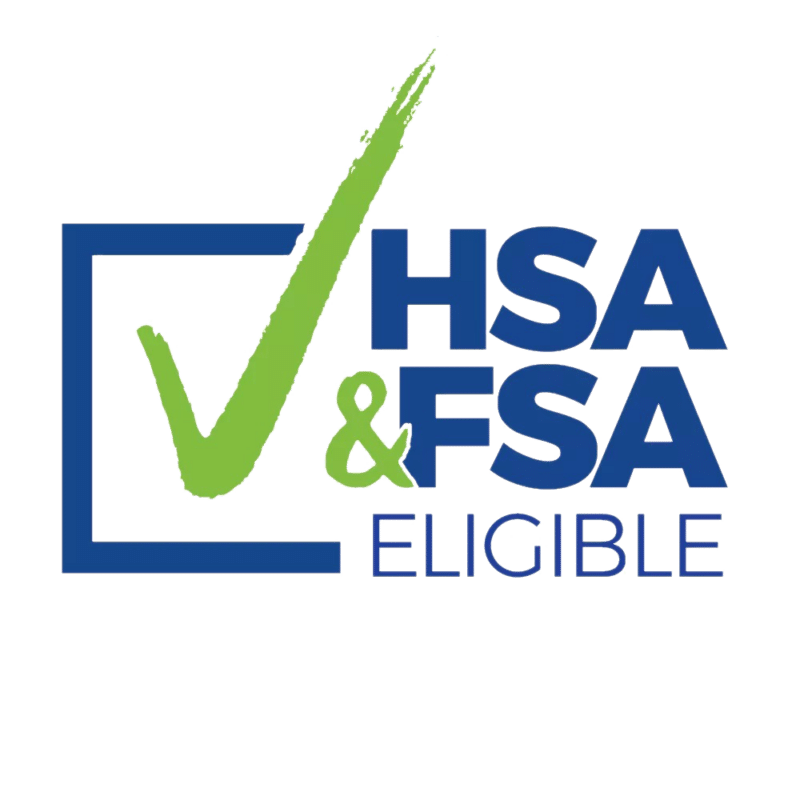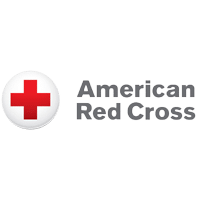No products in the cart.
Uncategorized
Key Features That Make AEDs Easy to Use
Introduction
Automated External Defibrillators (AEDs) are essential life-saving devices designed to deliver an electric shock to a person experiencing Sudden Cardiac Arrest (SCA). The American Heart Association states that the national survival rate from SCA hovers around 10%. However, they also note that the survival rate jumps to an astounding 90% if a shock is delivered within the first minute. This stark difference underscores the critical importance of quick access to AEDs in various settings. Ensuring that AEDs are accessible and easy to use can make a significant difference in emergency situations, potentially saving countless lives. Here, we will explore five key features that enhance the usability and effectiveness of AEDs, ensuring that they can be used by a wide range of people in diverse environments.
1. Bilingual Language Option
In emergency situations, clear communication is paramount. AEDs equipped with bilingual language options can bridge the gap for non-English speakers, allowing them to provide accurate and fast care. The callmed Connect AED, for example, includes a button that allows users to switch between English and Spanish with ease. By simply pressing the “Español” button at the top of the device, users can change the audio and visual instructions to Spanish at any point during the rescue.
This feature is particularly useful in multicultural communities, where not everyone may be proficient in English. Providing instructions in multiple languages ensures that more people can effectively use the AED, which can be the difference between life and death in critical moments.
Useful Settings: This feature is invaluable in environments such as schools, churches, workplaces, and community centers that host both native English and native Spanish speakers.
2. Child Mode & Universal Electrode Pads
AEDs are designed to be used on both adults and children, but some models require additional materials, such as pediatric keys or specific electrode pads, to be safe for use on children. The callmed Connect AED simplifies this process with its universal electrode pads and a Child mode button. This feature allows responders to select either Adult or Child mode, adjusting the shock energy to a level appropriate for children aged 1-8 years without needing to change the electrode pads.
In an emergency, every second counts. The ability to quickly and seamlessly switch between adult and child settings without having to fumble with different equipment ensures that responders can focus on providing immediate, life-saving care. This feature eliminates the complexity of handling multiple sets of electrode pads and reduces the risk of errors during high-stress situations.
Useful Settings: Elementary schools, youth summer camps, sports programs, pediatric medical offices, and public pools greatly benefit from this feature, as these settings often have both children and adults present.
3. Inclusive Instructions & Graphics
There is a significant gender discrepancy in the likelihood of receiving CPR in public, with women being less likely to receive CPR compared to men. This discrepancy can be attributed to bystander hesitancy to perform CPR on women, particularly when it involves removing clothing to apply AED pads. The callmed Connect AED addresses this issue by incorporating inclusive instructions and graphics.
This AED is the first to depict a woman’s chest in its instructions, providing clear and unambiguous guidance. The audio prompts explicitly instruct the user to “expose the patient’s bare chest, including bra,” reducing any uncertainty or hesitation on the part of the responder. By normalizing the depiction of women’s bodies in instructional materials, this feature aims to reduce the gender gap in SCA survival rates and ensure that all individuals receive the care they need.
Useful Settings: Public buildings, workplaces, schools, gyms, and recreation centers are ideal locations for AEDs with inclusive instructions and graphics. These environments often have a mix of male and female occupants, and clear, gender-inclusive instructions can help ensure that everyone receives prompt and appropriate care.
4. Compact Size & Lightweight Design
AEDs need to be easily portable to ensure they can be quickly brought to the scene of an emergency. Devices that are large and heavy may be perceived as stationary equipment, which can discourage potential responders from using them. A compact and lightweight AED, on the other hand, encourages users to carry the device to where it’s needed most.
A small and light AED can be easily transported by individuals of all ages and physical abilities, making it more likely to be deployed quickly. This portability is particularly important in settings where cardiac arrests are unpredictable and immediate defibrillation is critical for survival. Ensuring that an AED is readily accessible and easy to carry can make a significant difference in the outcome of a cardiac emergency.
Useful Settings: Law enforcement agencies, athletic departments, homes, outdoor recreation areas, and medical drone delivery systems benefit greatly from having compact and lightweight AEDs. These settings often require quick and mobile responses to emergencies, and a portable AED can be a lifesaver.
5. Optimal Placement and Visibility
The placement and visibility of AEDs are crucial factors in their accessibility and effectiveness. Properly placed AEDs should be in public, unlocked, and highly trafficked areas to ensure they can be quickly located and used in an emergency. Common areas such as cafeterias, gyms, large conference rooms, and auditoriums are ideal locations for AED placement.
Visibility is equally important. If AEDs are not placed in easily visible areas, responders may struggle to find them during an emergency. Clear signage and the use of 3D wall signs above AEDs can help increase their visibility, allowing responders to spot the nearest device quickly, much like emergency exits. Ensuring that AEDs are mounted at a height not exceeding 48 inches from the floor also makes them accessible to users of varying heights and abilities, including those in wheelchairs.
Consideration should be given to avoiding obstacles that could slow down access to an AED, such as stairs, elevators, locked doors, cabinets, or desks. By strategically placing AEDs in accessible and highly visible locations, the likelihood of a successful response to a cardiac emergency is greatly increased.
Useful Settings: Multi-story office buildings, large schools, universities, and any large facilities with significant foot traffic should have multiple AEDs strategically placed to ensure they are within a two-minute round-trip from any point in the facility. This strategic placement maximizes the chances of timely intervention and successful defibrillation.
Placement Practices to Increase AED Accessibility
AED Location
Strategically placing AEDs in public, unlocked, and highly trafficked areas enhances accessibility and ensures that they can be quickly located and used in an emergency. In facilities with large groups of people, such as cafeterias, large conference rooms, gyms, and auditoriums, AEDs should be readily available. It is important to avoid placing AEDs in areas that may be difficult to access, such as behind locked doors, in cabinets, or up stairs. Considering these obstacles when deciding where to place AEDs can significantly improve their accessibility and effectiveness.
AED Visibility
Visibility is another crucial aspect of AED placement. If AEDs are not easily visible, responders may waste valuable time searching for them during an emergency. To increase visibility, organizations should use clear signage and place AEDs in highly trafficked areas. 3D wall signs above AEDs can help responders locate the nearest device quickly, much like spotting the nearest emergency exit. This can save critical time in an emergency situation.
Mounting Height of the AED
Maintaining AEDs at a mounting height not exceeding 48 inches from the floor ensures that they are easily accessible to users of varying heights and abilities. This height is compliant with the Americans with Disabilities Act (ADA) and ensures that AEDs are accessible via forward and parallel approaches by wheelchair users. Ensuring that AEDs are installed at an appropriate height promotes swift and efficient response in critical situations.
Number of AEDs
The number of AEDs in a facility should be based on its size and foot traffic. A university campus spread across several square miles, for example, would require more than one AED to ensure accessibility. To effectively respond to cardiac arrest, an AED should be within a two-minute round-trip from anywhere at the facility. Multi-story office buildings, large schools, and universities with a large footprint may require multiple AEDs to ensure that life-saving care is attainable to anyone on the premises.
Conclusion
AED accessibility matters when considering both the AED user (responder) and the patient. A more fully-featured AED will extend the potential benefits of a defibrillation shock to more people. By choosing an AED with features that cater to diverse groups and optimizing its placement, you can increase the accessibility and effectiveness of your AED program.
Features like bilingual options, universal electrode pads, inclusive instructions, compact design, and strategic placement ensure that AEDs can be used by more people, on more people, in more places. By implementing these features and placement strategies, you can make a significant difference in emergency response and improve health outcomes for everyone in your community.
Get the callmed Connect AED Today!
Callmed is committed to working towards more equitable health outcomes. Features like on-screen graphics and audio prompts, language toggling, and a Child button remove barriers so that your AED can be used by more people, on more people. By considering these factors and making informed decisions about AED features and placement, you can help increase the chances of surviving cardiac arrest in your community.






